Tanzania’s wildlife magic extends far beyond The Big Five game, which we all know as lions, elephants, leopards, rhinos and buffaloes.
While the Big Five grab attention, the country hides countless lesser-known species that thrill nature lovers. From elusive predators to dazzling birds, every safari offers a chance to meet animals that feel almost mythical.
Beyond the Big Five Game: The Secretive Serval Cat
The serval cat roams Tanzania’s grasslands with long legs, large ears, as well as golden, spotted coat. Unlike its larger feline relatives, it prefers hunting alone at dawn or dusk, using exceptional hearing to detect prey. Watching one leap high into the air to snatch an unsuspecting rodent is unforgettable. You often need patience and luck to find this elusive beauty, but the reward makes every moment worth it. The Serengeti and Ngorongoro Conservation Area undeniably give some of the best opportunities to spot it in the wild.
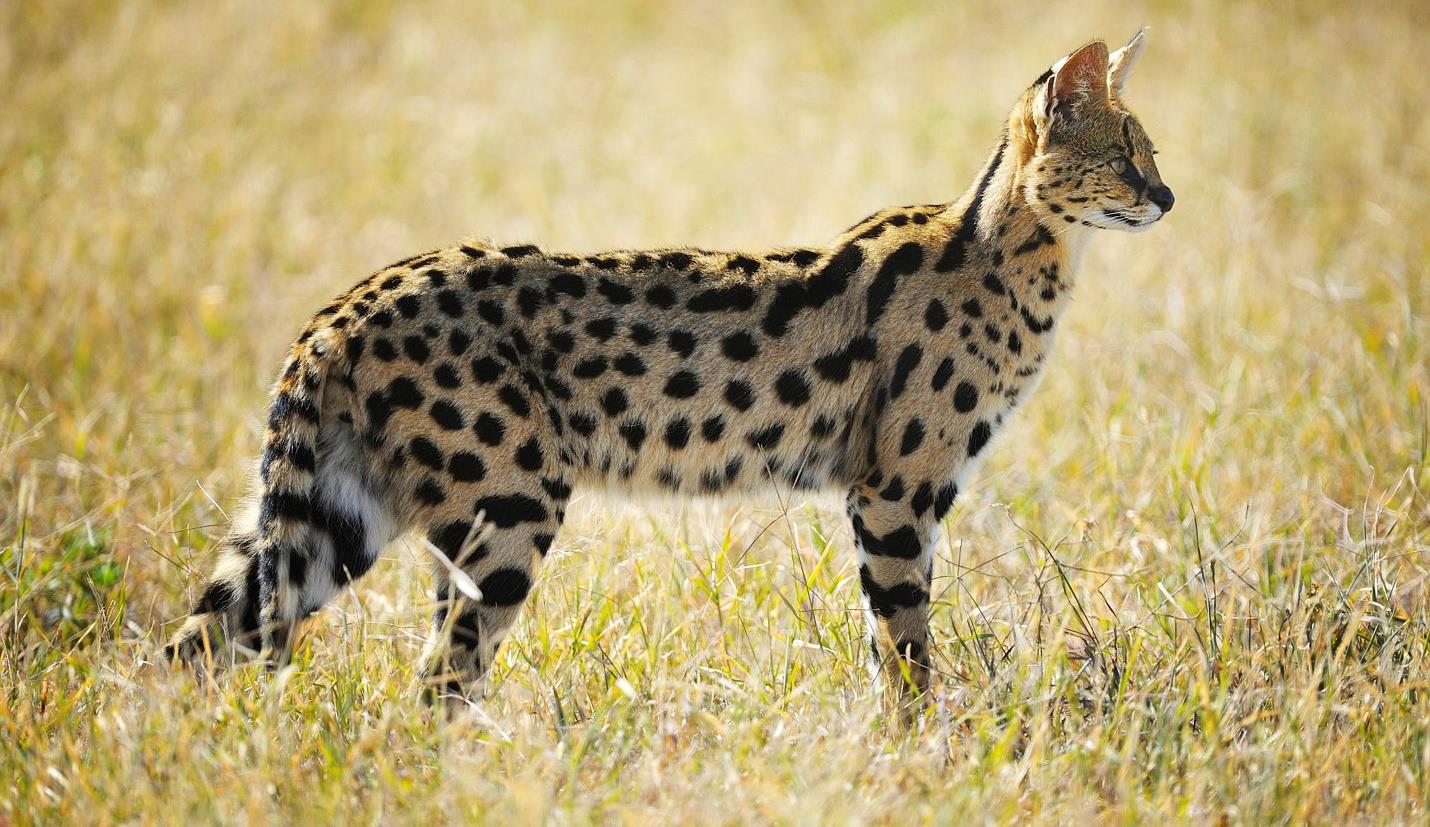
The Colorful Lilac-Breasted Roller
Few birds match the lilac-breasted roller’s vibrant plumage. Its feathers burst with purples, blues, and turquoise, creating a flying rainbow over Tanzania’s savannahs. You might see it perched on a low branch, scanning for insects before diving with precision. Moreover, this bird loves open landscapes, making it easier to photograph against sweeping skies. Its rolling display flight, especially during courtship, turns any safari drive into a visual celebration.
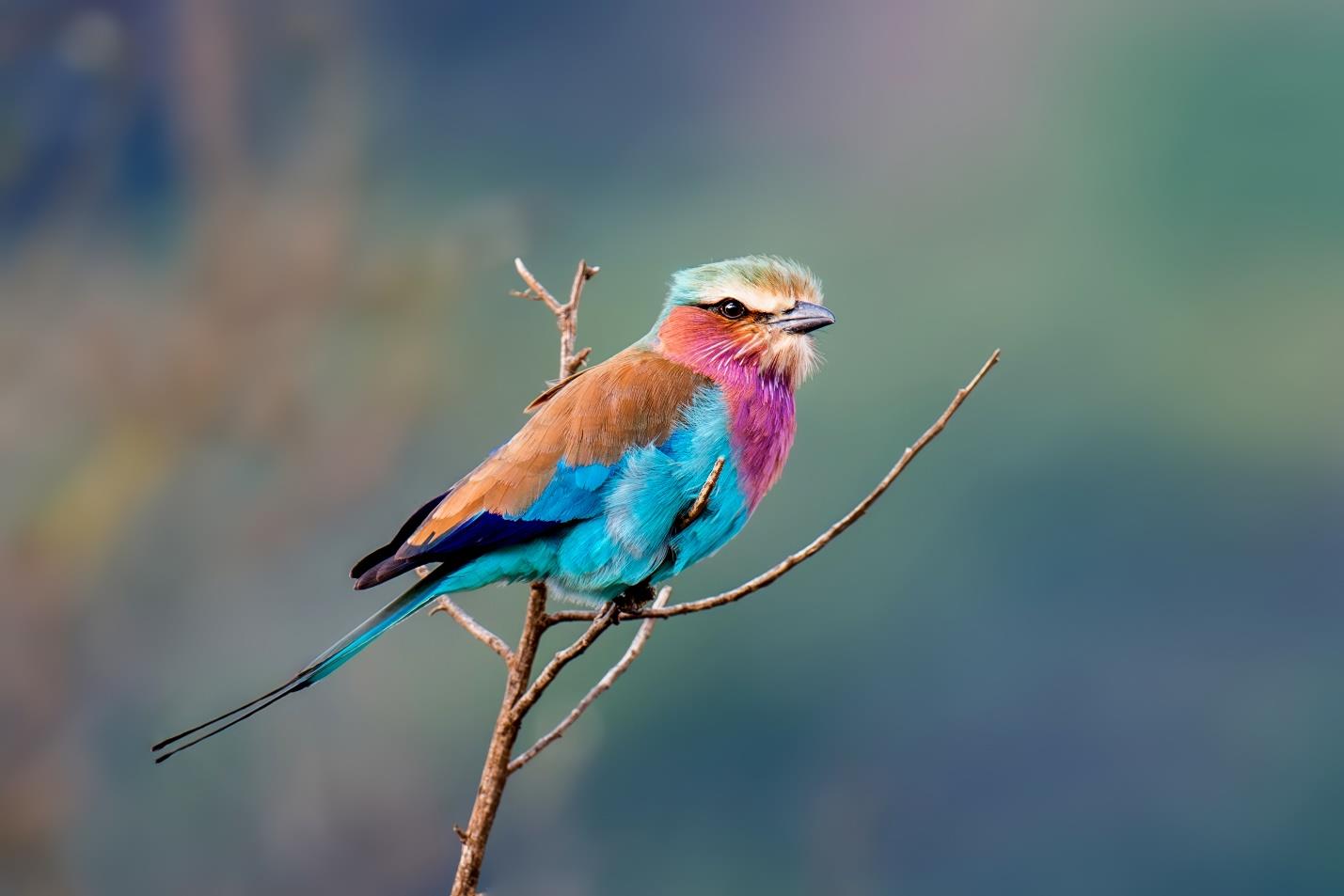
Beyond the Big Five Game: The Endearing Dik-Dik
Standing only about forty centimeters tall, the dik-dik is one of Africa’s smallest antelopes. Its large eyes, delicate frame, as well as shy demeanor give it an almost storybook charm. It is particularly interesting that pairs mate for life, often seen grazing quietly in the shade of acacia bushes. Although they look fragile, dik-diks easily survive in dry areas. They rely on moisture from leaves rather than drinking water. Observing them reminds you that even the tiniest creatures have mastered life in challenging environments.
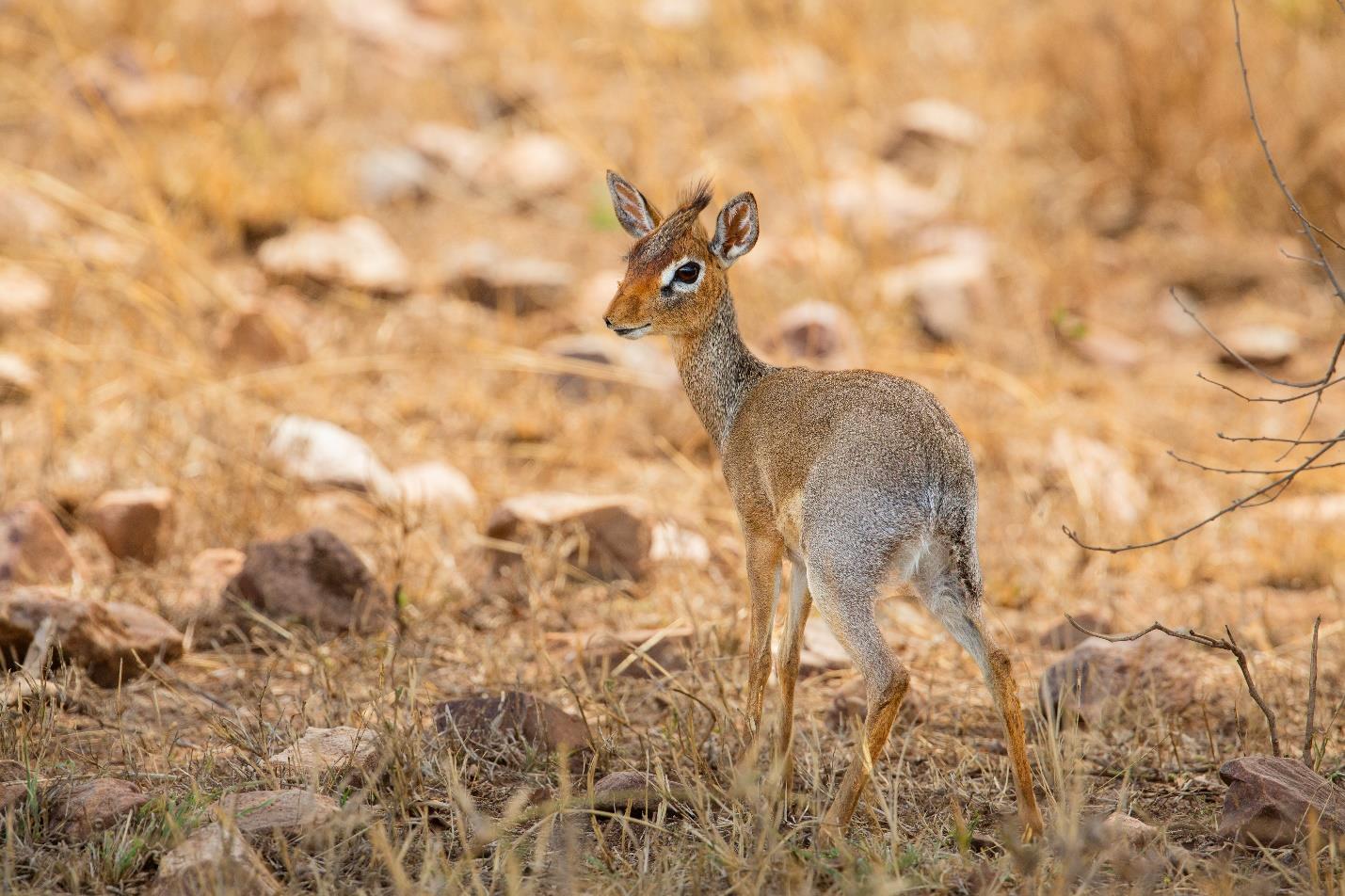
Our Big Five Safari programs
The Prehistoric-Looking Shoebill Stork
With its massive, shoe-shaped bill and towering height, the shoebill stork seems pulled from another era. This rare bird haunts swampy regions, particularly in the wetlands bordering Lake Victoria. Remaining still for hours, it strikes with lightning speed to catch fish or even small reptiles. Moreover, its slow and deliberate movements give it an almost statuesque presence. Spotting a shoebill feels like witnessing living history, as if dinosaurs left behind a feathered descendant.
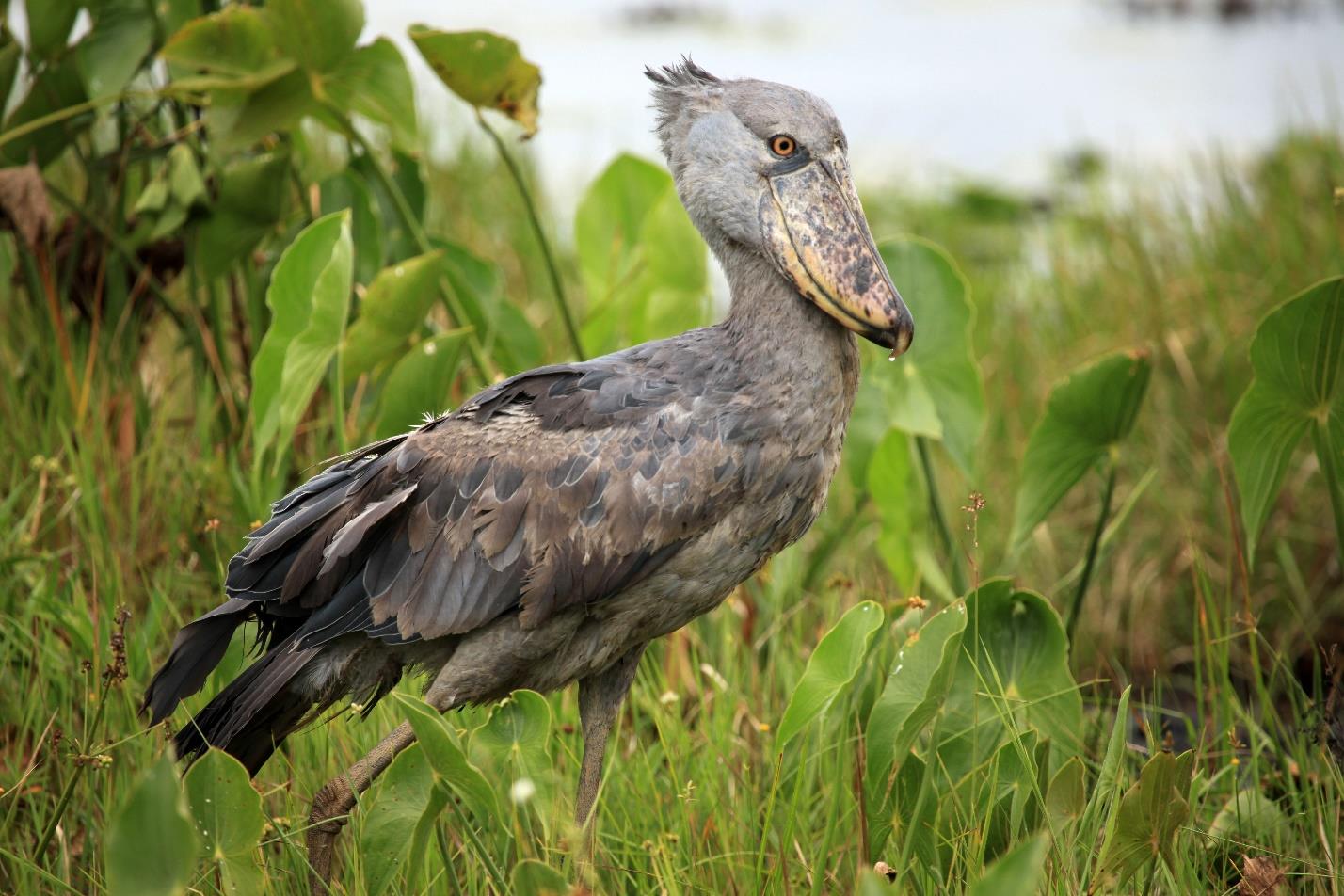
Beyond the Big Five Game: The Rare Wild Dog
African wild dogs, also called painted wolves, roam in highly social packs, each individual marked with unique patterns of black, brown, and white. Due to their stamina and coordinated hunting techniques, wild dogs can chase prey over long distances without tiring. Seeing them in the Selous Game Reserve or Ruaha National Park delivers pure adrenaline. All in all, painted wolves’ playful interactions within the pack reveal strong bonds, proving survival often depends on teamwork.
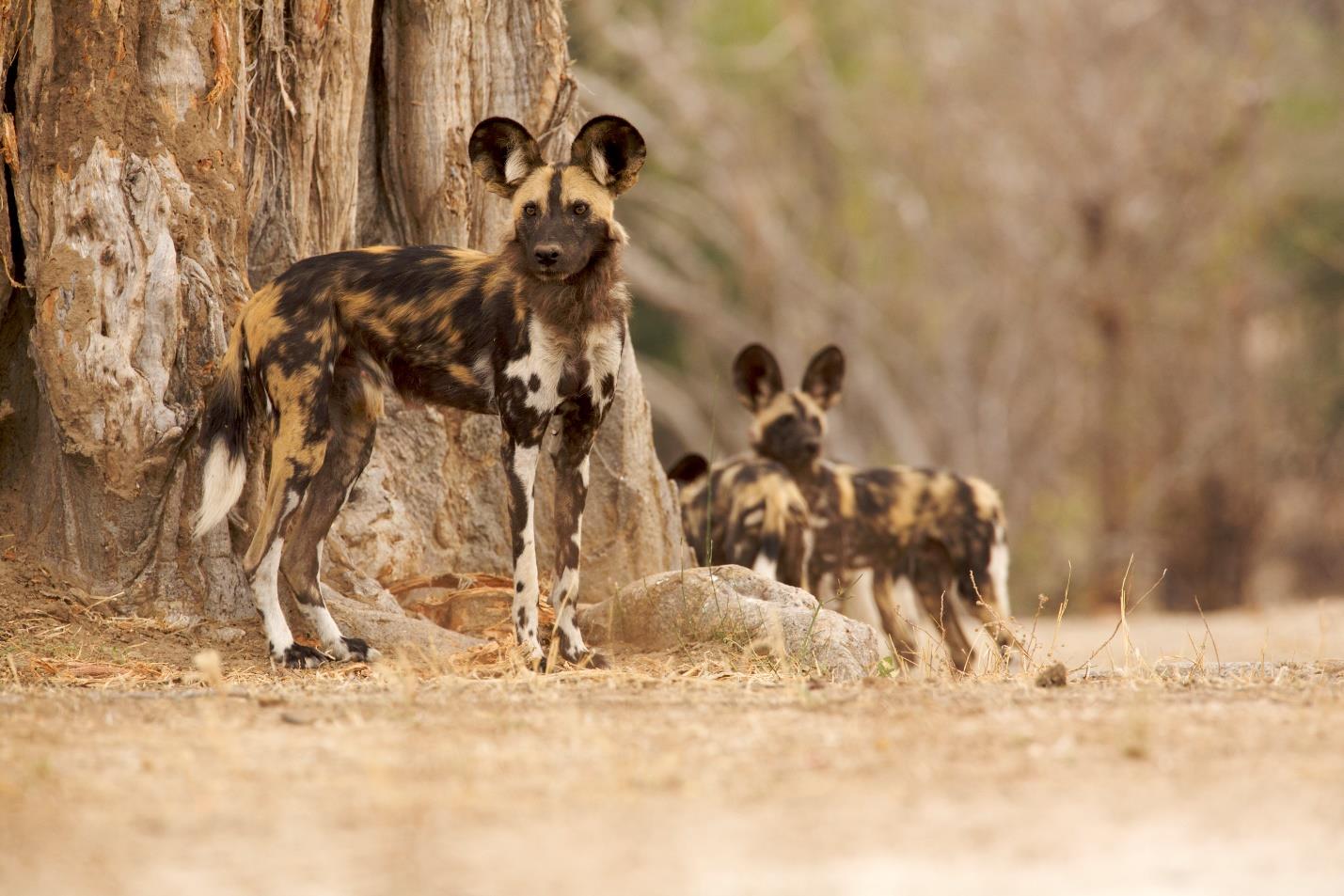
Why These Species Matter
In conclusion, these rare animals add depth to Tanzania’s biodiversity and highlight the importance of conservation. By protecting habitats for servals, shoebills, wild dogs, and others, Tanzania safeguards entire ecosystems. Encountering them also shifts perspectives. Wildlife tourism becomes not only about ticking boxes, but also about appreciating every layer of nature’s web. Furthermore, these sightings inspire photographers, researchers, and travelers to share the stories of species that rarely headline safari brochures.
Above all, Tanzania’s beauty lies in variety. A single morning could reveal a tiny dik-dik darting through the grass, a lilac-breasted roller flashing across the sky, and a serval silently hunting. Each sighting leaves a lasting impression, making every trip richer and more memorable. When you journey beyond the Big Five, you discover a world that thrives in the quiet spaces, waiting for those willing to look closer.
